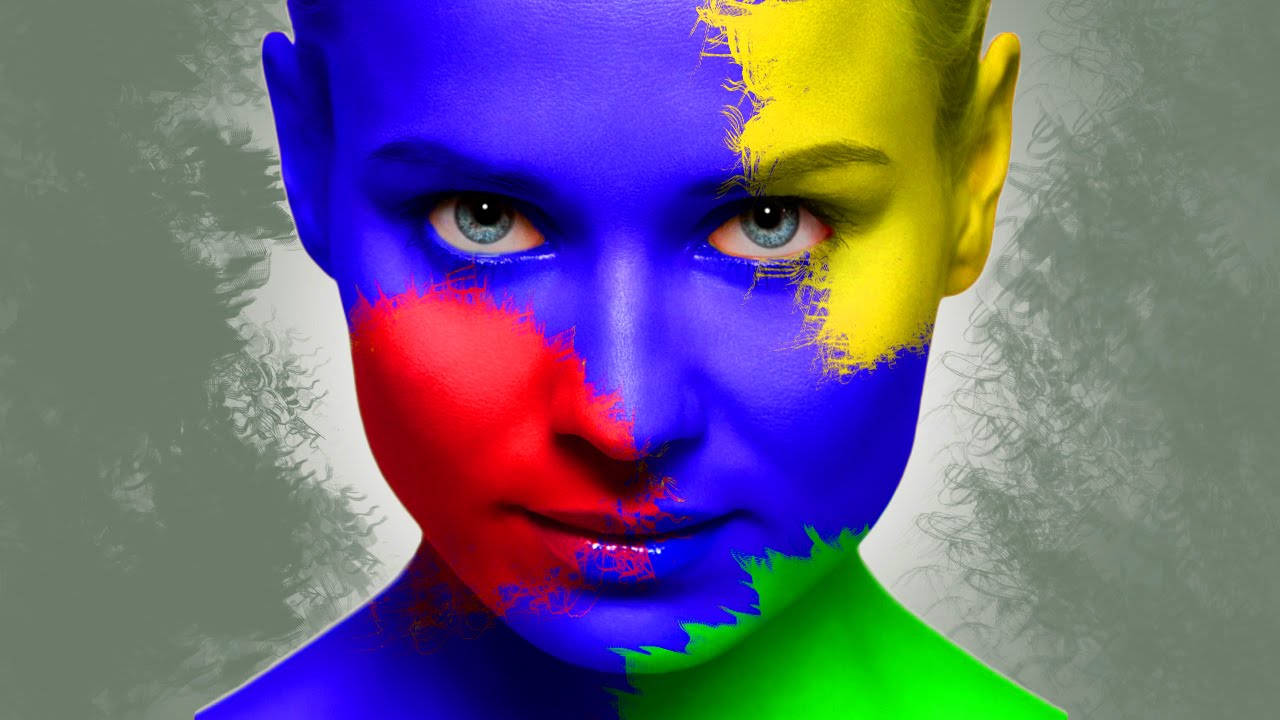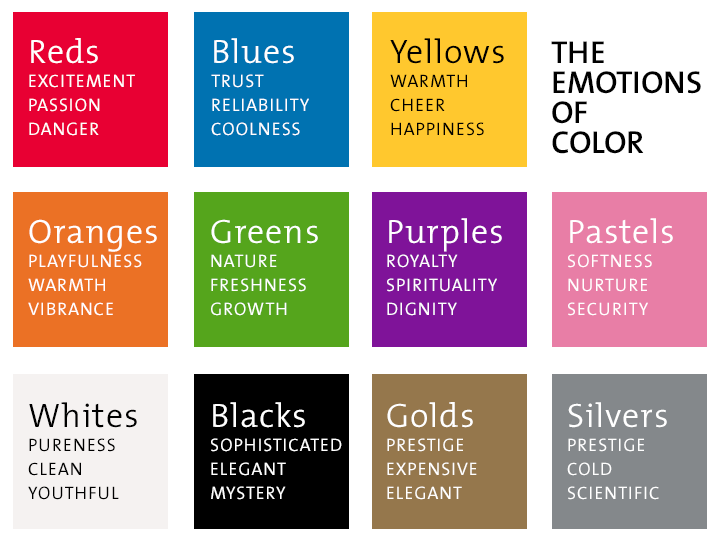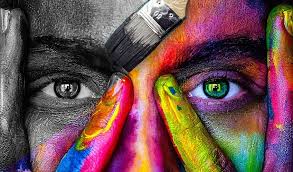Lifestyle: Colours evoke similar feelings around the world
People all over the world associate colours with emotions. In fact, people from different parts of the world often associate the same colours with the same emotions.

Washington: People all over the world associate colours with emotions. In fact, people from different parts of the world often associate the same colours with the same emotions.
This was the result of a detailed survey of 4,598 participants from 30 nations over six continents, carried out by an international research team.
Also Read: Relationship Goals: Romantic partners influence each other's goals
The study was published in the journal Psychological Science.
Also Read |
Nerve cell activity shows how confident individuals are
"No similar study of this scope has ever been carried out," said Dr Daniel Oberfeld-Twistel, member of the participating team at Johannes Gutenberg University Mainz (JGU). "It allowed us to obtain a comprehensive overview and establish that colour-emotion associations are surprisingly similar around the world."
Scientists report that the participants were asked to fill out an online questionnaire, which involved assigning up to 20 emotions to twelve different colour terms. The participants were also asked to specify the intensity with which they associated the colour term with the emotion. The researchers then calculated the national averages for the data and compared these with the worldwide average. "This revealed a significant global consensus," summarised Oberfeld-Twistel.

"For example, throughout the world, the colour of red is the only colour that is strongly associated with both a positive feeling -- love -- and a negative feeling -- anger." Brown, on the other hand, triggers the fewest emotions globally.
However, the scientists also noted some national peculiarities. For example, the colour of white is much more closely associated with sadness in China than it is in other countries, and the same applies to purple in Greece. "This may be because in China white clothing is worn at funerals and the colour dark purple is used in the Greek Orthodox Church during periods of mourning," explained Oberfeld-Twistel.
Also Read | Body sensations are linked to conscious feelings
In addition to such cultural peculiarities, the climate may also play a role. According to the findings from another of the team's studies, yellow tends to be more closely associated with the emotion of joy in countries that see less sunshine, while the association is weaker in areas that have greater exposure to it.
Also Read: Facial expressions not true indicator of emotions

According to Dr Daniel Oberfeld-Twistel, it is currently difficult to say exactly what the causes for global similarities and differences are. "There is a range of possible influencing factors: language, culture, religion, climate, the history of human development, the human perceptual system." Many fundamental questions about the mechanisms of colour-emotion associations have yet to be clarified, he continued.(ANI)
 Dynamite News
Dynamite News 
